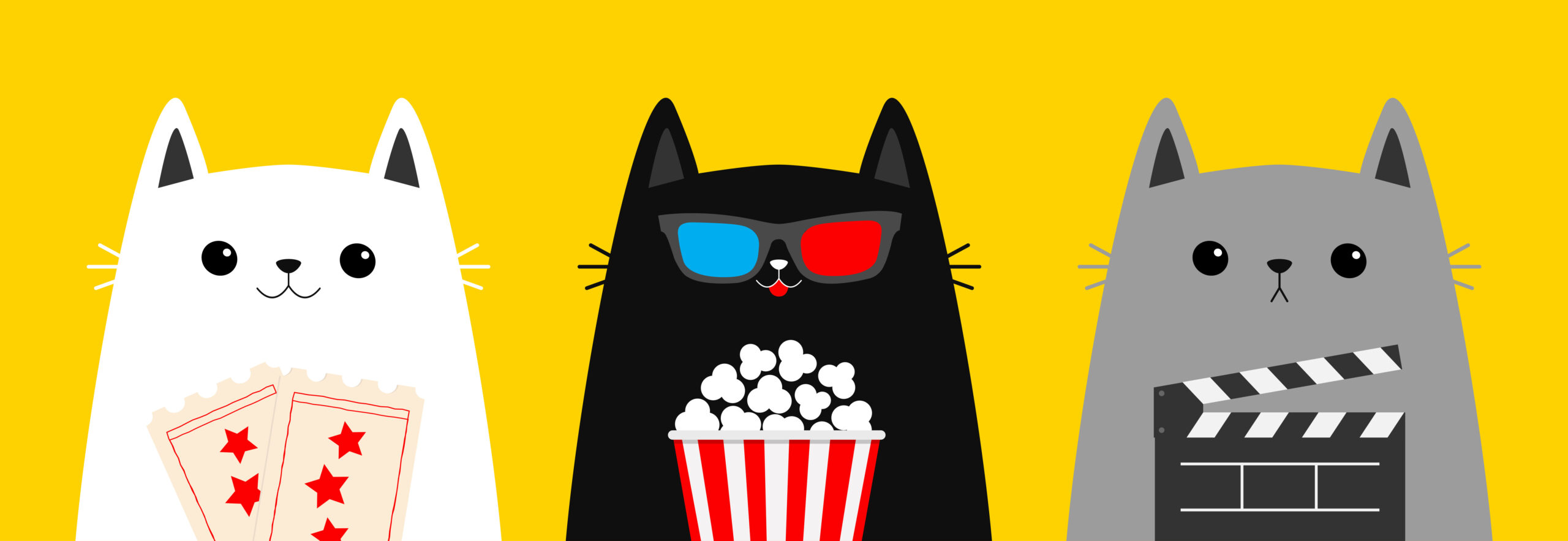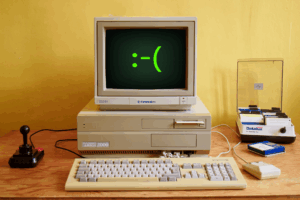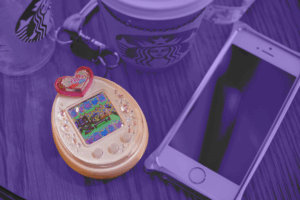Too Much of a Good Thing
Most people use very little of the software that’s put in front of them.

When the sequel is in 3D a lot of other things have probably gone wrong.
Hello! It’s Rich. The other co-founder of Aboard. The last time I wrote the newsletter, it was about failure. Now I’d like to talk about overreach.
I have a weak spot for threequals. When any sort of creative work finds success, it’s just too damn tempting to follow it with a sequel. Sequels can turn out really good. Look at The Godfather, Part II or Rocky II. Both excellent sequels. Carrying on the excellence that made the originals so great—and more great is always great.
Then there’s threequals. The third installment of anything. At this point, you’re driven by the toxic combination of laziness and greed. It’s easy money and it doesn’t have to be very good. The Godfather, Part III. Rocky III. And so on.
Want more of this?
The Aboard Newsletter from Paul Ford and Rich Ziade: Weekly insights, emerging trends, and tips on how to navigate the world of AI, software, and your career. Every week, totally free, right in your inbox.
What does all this have to do with Aboard? My dear newsletter readers, I give you The Annihilator 2000:
We have built so much software inside of Aboard. Did you know that you can:
- Publish boards to the internet
- Use shortcut keys (CMD or Alt + ?)
- Save all your open tabs in one click (yes really!)
- Add custom fields to any cards
- Invite others to collaborate with you on any board
- Use Aboard in Kanban view
- Save files like PDFs or images
And the list goes on. We often turn to each other at Aboard HQ and say: “We’ve built too much software.” Just like The Annihilator 2000, we bolted on a microwave to a machine gun. It can be really discouraging to see our users (even our truly engaged users) barely use 15-20% of all the features we’ve built.
It turns out that most people use very little of the software that’s put in front of them. It’s not only normal, it’s common. Very common.
At Slack, only 30% of their monetization experiments yield positive results. The engagement platform Pendo found that 80% of features in the average software product are rarely or never used.
What can we take away from such sobering stats? First off, we aren’t doing anything wrong. We should pay attention to what matters to people and what doesn’t. Of course, that requires balance: Different things can matter to different people, so you can’t just lop off what isn’t useful to Cohort A, because Cohort B may really love it.
But the biggest take away (for me at least) is this: People don’t think in software features. People see a tool, and they want to get something done. As soon as that something gets done, they’re done with the tool. Sure, the nerdy product manager may love to poke around the entire product, but for the majority of people, software is mostly annoying. It’s a thing they negotiate with to get what they want. Sort of like this little guy:
People don’t invest their time in software. They mostly tolerate the little walking tours (AKA onboarding) and sales pitches (AKA upgrading) to get to the thing they want out of it.
Still, as technologists and product leaders, we seek something beyond pure transaction. As a former agency guy, I came to understand the difference between transactions and relationships. Transactions come and go. There is no connection. Relationships go deeper. The same applies to products.
We want users to connect to Aboard. When they do, it’s better than any marketing strategy. They transform from user to curious evangelist. It isn’t easy to pull off but that’s what we’re aiming for. It is a journey to find those connections. If you plot that journey on a timeline, you’ll find new features crop up and old features sunset. There is no straight line—and we’re ok with that.
If you’re trying out Aboard and have feedback, we’d love to hear from you. In fact, the stronger the opinions, the better. Reach out at hello@aboard.com.


